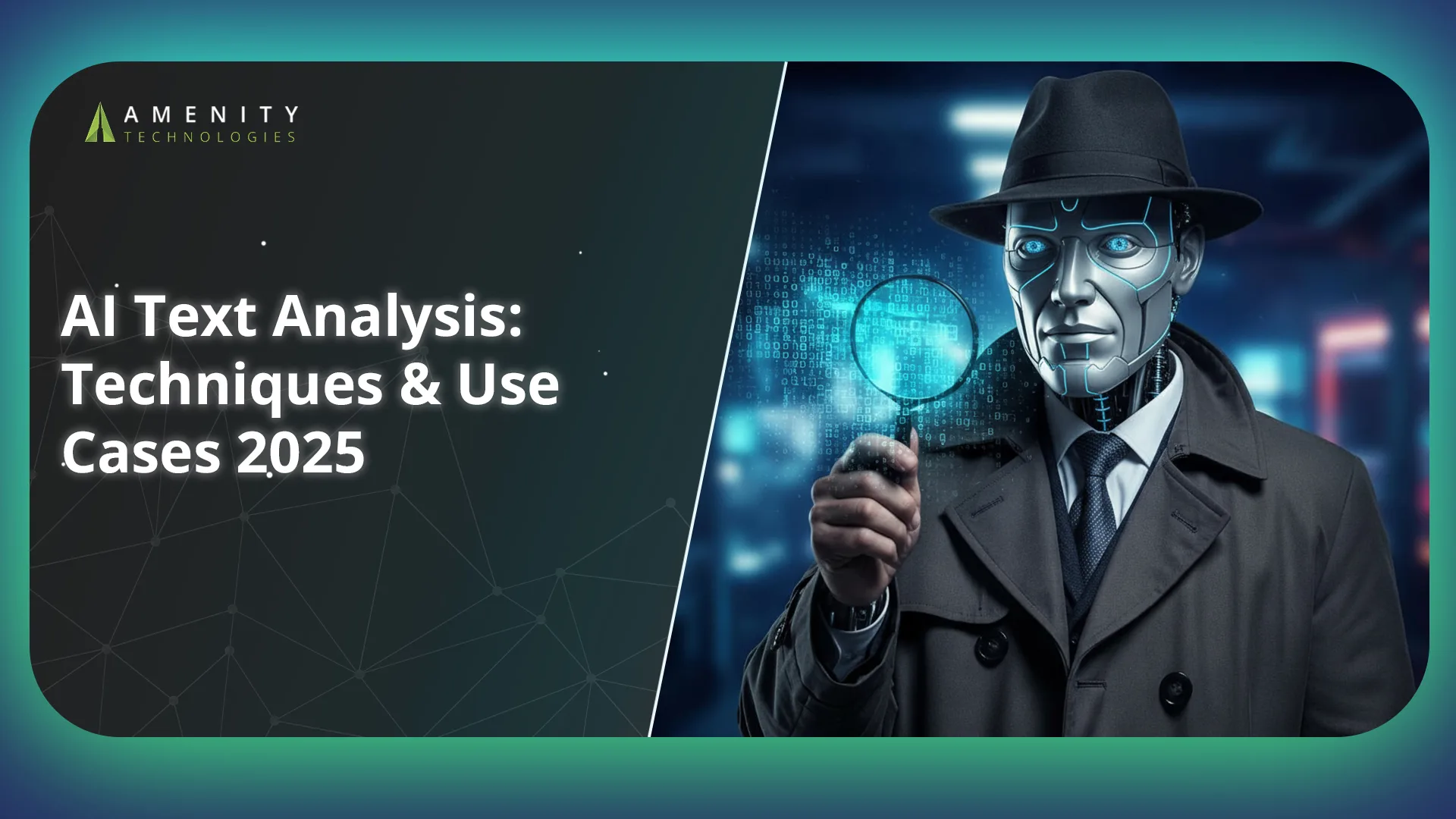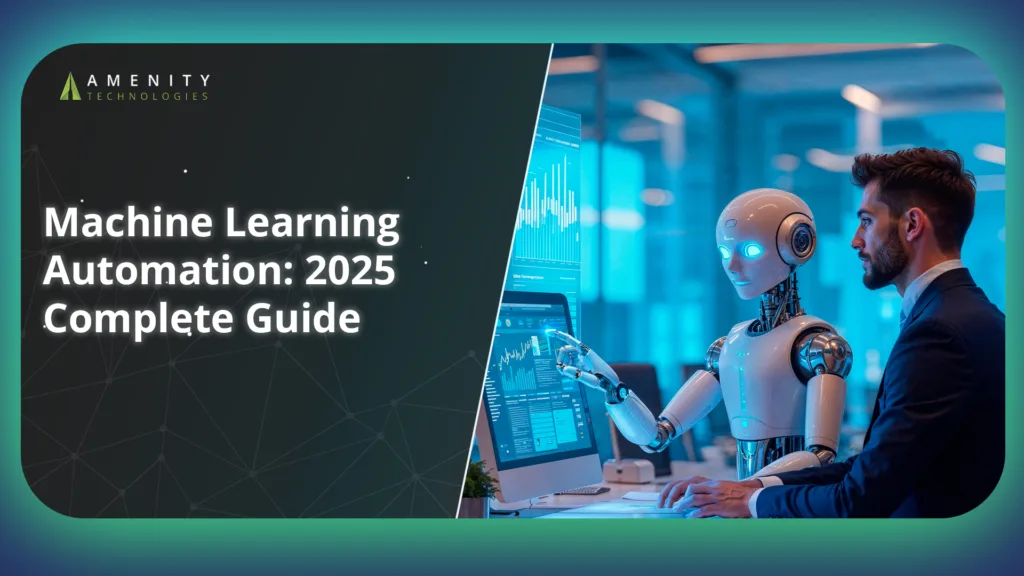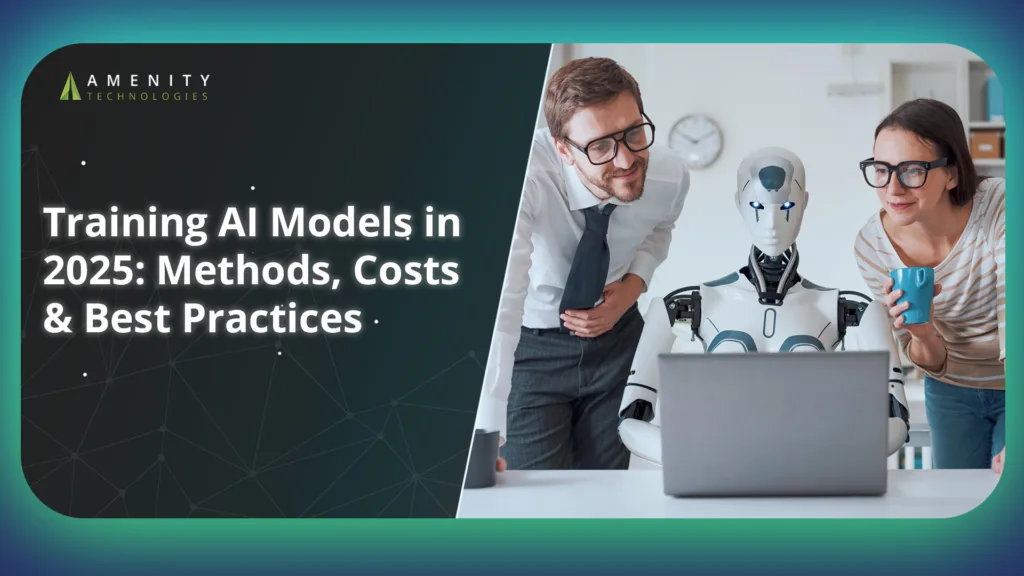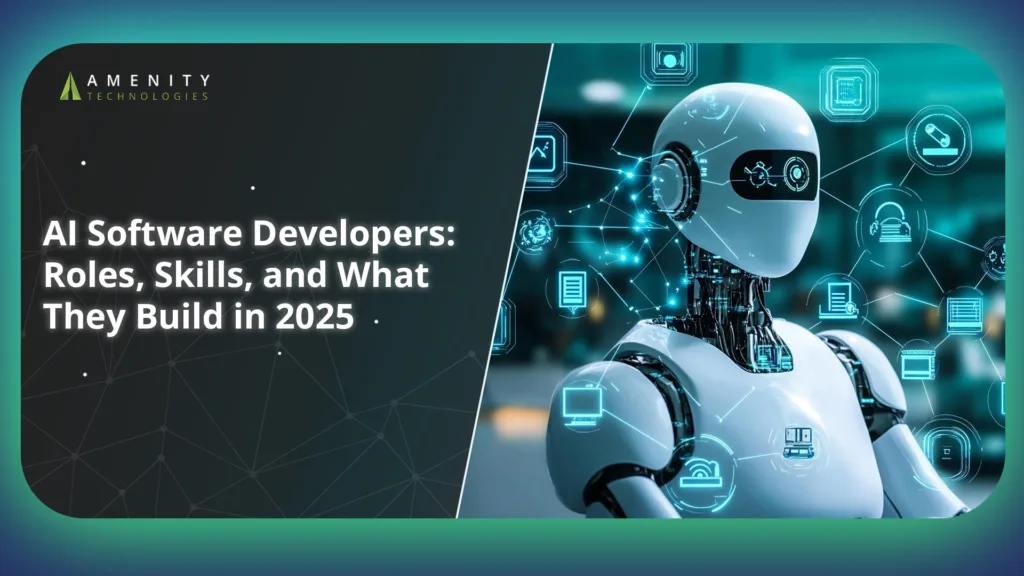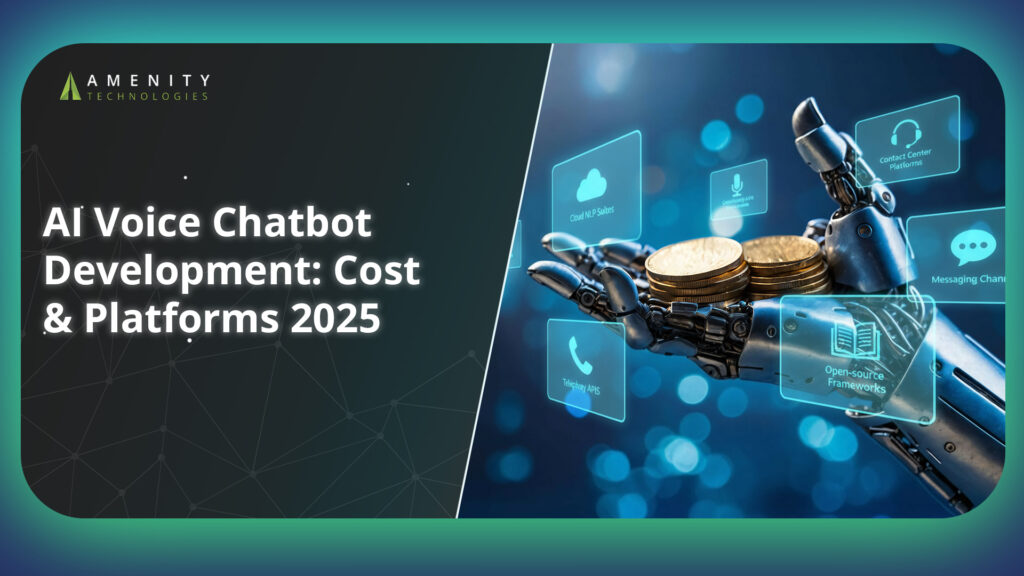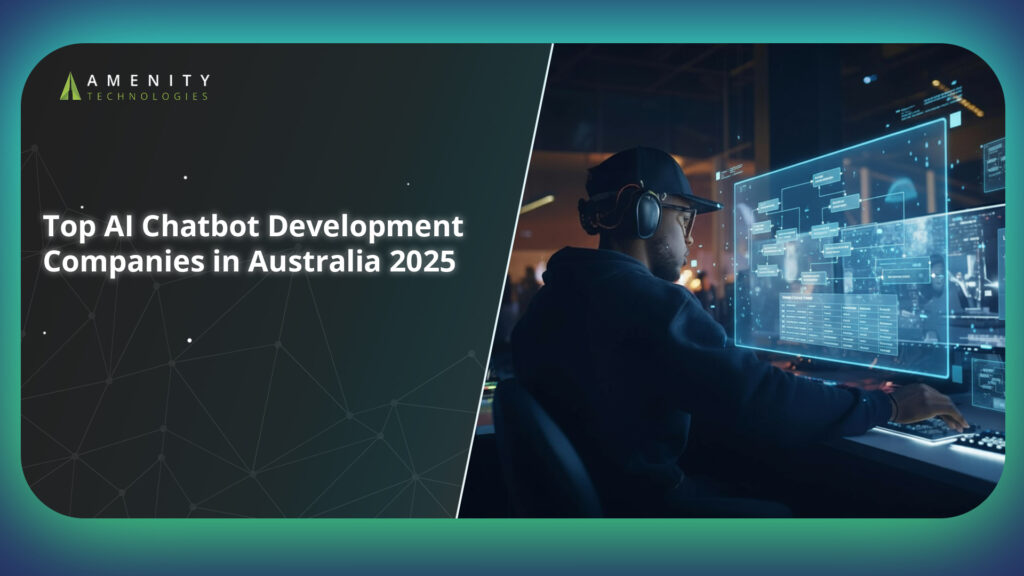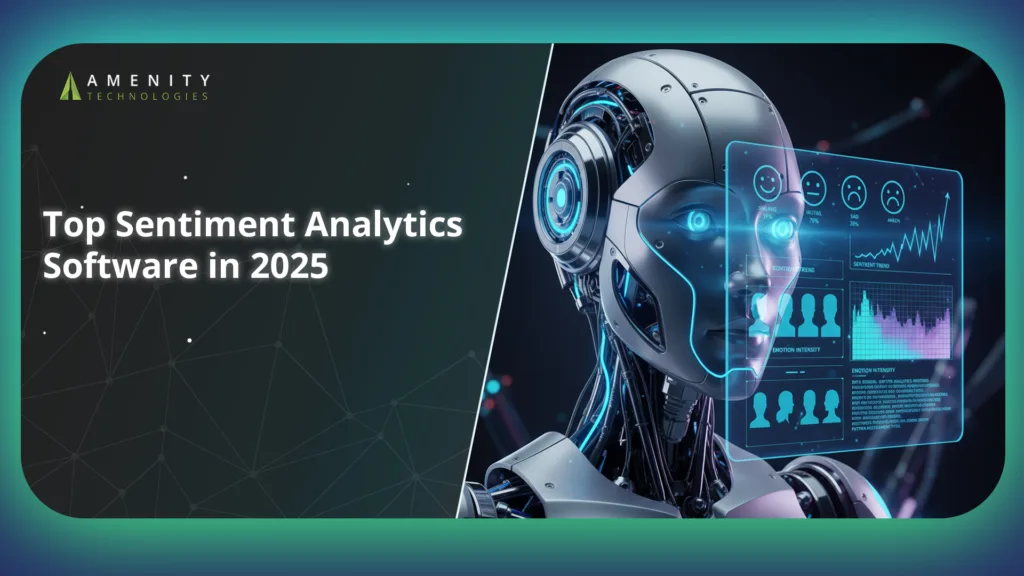Customer tickets, reviews, emails, contracts, around 80% of enterprise data is unstructured text. Yet most of it sits unread. What if every sentence inside your company could be scanned, sorted, and ranked for meaning in milliseconds?
That’s exactly what AI text analysis is doing in 2025. Automated text mining can cut data processing time by up to 40 – 70% while brands using sentiment-driven responses see an average 25% lift in retention.
With NLP text analysis tools now accessible through APIs instead of research labs, even a small support desk or two-person legal team can process more input than an entire analyst department. AI text analysis isn’t just faster; rather, it’s finally practical.
Core Techniques in AI Text Analysis
Behind every chatbot, sentiment widget, or support classifier sits a consistent workflow. AI text analysis depends on layering multiple steps rather than relying on a single model. Each stage improves clarity, structure, and meaning before insights are generated. Modern nlp text analysis tools follow a similar pipeline that starts with raw cleanup and ends with structured predictions.
1. Text Preprocessing and Normalization
This stage prepares raw input so that models interpret it consistently. Common steps include tokenization, lowercasing, stop word removal, and stemming or lemmatization. Real-world usage also demands handling emojis, slang, spelling variations, and multilingual phrases. Noise removal is often responsible for most accuracy improvements in downstream AI text analysis tasks.
2. Feature Engineering and Representations
Once the text is cleaned, it is transformed into numeric signals. Classic formats include bag of words and TF IDF matrices. Modern approaches rely on embeddings like word2vec, BERT, and sentence encoders. These vector-based representations enable keyword clustering, similarity scoring, and semantic grouping far more efficiently than manual rule writing.
3. Text Classification and Sentiment Tagging
This method turns unstructured sentences into labeled outputs. Models can support multi-class and multi-label formats depending on the use case. Beyond simple polarity, many teams use gradient sentiment scales or discrete emotion tagging. This helps support teams prioritize urgent messages and brands detect frustration earlier.
4. Named Entity Recognition and Entity Extraction
Entity extraction isolates references to people, places, organizations, dates, or product names. Outputs often feed knowledge systems that group mentions and resolve duplicates. Many industries adapt pretrained models to handle legal definitions, medical identifiers, or financial tickers with higher precision.
5. Topic Modeling, Keyword Clustering and Summarization
This stage helps reduce volume rather than labeling every sentence. LDA, NMF, and contextual topic models detect common themes across large collections. Extractive summarization lifts the most representative lines while abstractive summarization generates rewritten overviews. Trend tracking becomes easier when summaries are paired with time series charts.
6. Content Moderation, Intent Detection and Anomaly Detection
Filtering unsafe or unwanted language is now a baseline requirement for any public platform. Toxicity scoring, policy violation detection, and spam filtering often run before content goes live. Some AI text analysis systems also support intent classification and outlier detection to flag unusual user behavior inside text logs.
Leading NLP Text Analysis Tools & Platforms in 2025
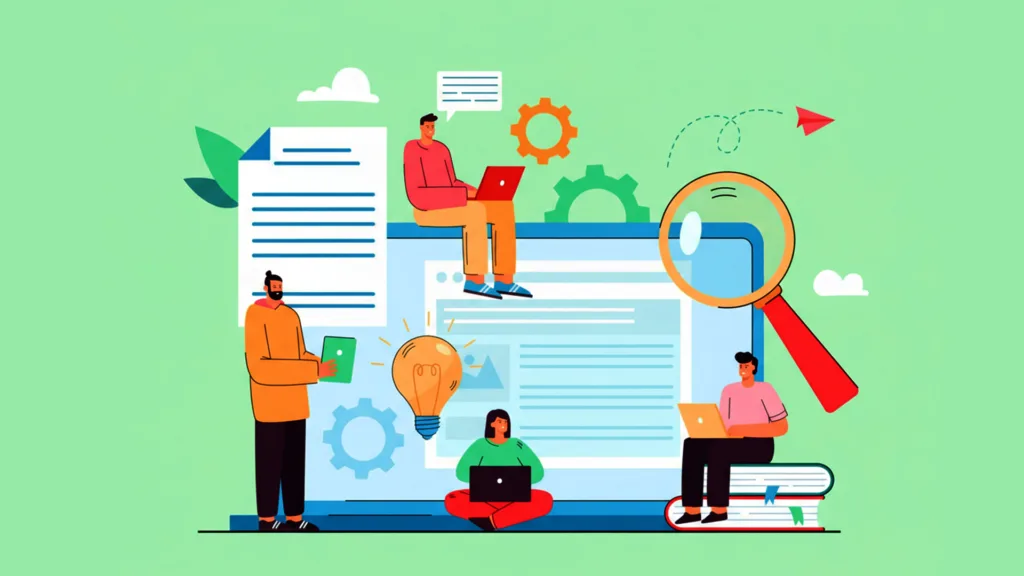
Selecting a text analysis stack in 2025 is no longer about choosing between accuracy and speed; most vendors claim both. The real question is how much control you need over the pipeline — and who on your team will operate it.
From managed cloud APIs to agent-style orchestration tools, the ecosystem now spans everything from plug-and-play services to full-code research frameworks. Below is a breakdown of the main product categories and where each fits best.
1. Cloud & API Platforms
Cloud NLP services solve one specific problem well, which is consistent inference at scale without managing GPUs or model deployment pipelines.
They convert classification, sentiment tagging, and entity extraction into idempotent HTTP calls, making them compatible with batch jobs, message queues, or real-time event streams.
Their biggest advantage is easy access to continuously retrained multilingual models, backed by data residency controls and audit logging, which most internal teams don’t maintain.
Widely used cloud providers in this category include:
- Google Cloud Natural Language: Offers syntax parsing, document sentiment scoring, and content categorization with token-level dependency trees, useful for clause-heavy text.
- Azure AI Language: Provides custom classification and entity extraction with active learning loops, enabling retraining via UI rather than SDK.
- Amazon Comprehend: Supports batch and streaming inference, plus PII redaction and topic modeling jobs for large-scale ingestion pipelines.
2. Open Source Frameworks & Libraries
Open-source NLP stacks are preferred when teams need control over tokenization, embeddings, and training logic rather than fixed black-box APIs. They enable custom pipelines with reproducibility, essential for regulated environments and research-heavy workloads. Unlike managed APIs, they allow fine-grained access to intermediate layers, making them suitable for tasks like embedding drift detection, custom attention visualization, or domain vocabulary injection.
Key frameworks commonly used in production-grade AI text analysis:
- spaCy – Optimized for rule-based + statistical hybrid pipelines with GPU-backed NER and dependency parsing. Its Matcher and EntityRuler allow controlled overrides on top of models.
- Hugging Face Transformers – Provides pretrained LLM checkpoints with Trainer APIs for fine-tuning, plus model quantization and ONNX export for deployment efficiency.
- NLTK – Still useful for classical preprocessing tasks, such as stemming, chunking, and linguistic tagging in educational or lightweight pipelines.
3. Specialized Text Analytics Platforms
Specialized platforms sit between cloud APIs and DIY frameworks, offering UI-led analytics with API-level extensibility.
They’re used when non-technical analysts or CX teams need access to insights without building NLP pipelines from scratch.
These tools typically include taxonomy builders, sentiment heatmaps, feedback clustering, and automated trend surfacing, making them fit for research teams, contact center ops, and VOC (voice of customer) workflows.
Commonly deployed platforms in this category include:
- Displayr – Built-in survey connectors and semantic classification modules for market research teams
- Chattermill – Multi-channel feedback ingestion with emotion layering and hierarchical tagging
- Forsta – Visual dashboards with entity tracking and longitudinal sentiment scoring
4. Agentified & Interactive Tools
Agent-style tools are gaining traction because they remove orchestration overhead.
Instead of manually stitching together extraction, clustering, and summarization steps, they chain model calls autonomously and allow human override at each checkpoint.
This makes them ideal for CTOs and data leads running exploratory audits or prototyping new classifiers without a full MLOps setup.
Examples currently being adopted:
- LangChain Agents (ReAct logic) – Can call APIs, parse output, and refine queries in loops
- LlamaIndex with function-calling – Lets users plug knowledge bases and auto-route queries
- Custom GPT copilots inside BI dashboards – Allow inline entity extraction and sentiment tagging directly in analyst workflows
Tool Selection Criteria & Tradeoffs
Tool selection shouldn’t start with model accuracy reports; it should start with operational constraints. Some teams prioritize inference cost over precision. Others need explainable outputs for audits, even if that means lower F1 scores.
Key evaluation dimensions:
- Latency and throughput – Real-time routing (e.g., support tickets) can’t rely on slow LLMs without batching or caching.
- Customization depth – Cloud APIs limit feature injection; open-source offers control but shifts the burden to internal devops.
- Model transparency – Enterprises in legal or finance often favor models with saliency maps or attention tracing over black-box transformers.
- Label stability – If label definitions change frequently, zero-shot models are cheaper to maintain. If labels are fixed and high-stakes, fine-tuned classifiers offer consistency.
- Inference cost vs volume – A $0.002 per-call API may seem affordable until you’re classifying 50M rows per week.
Smart teams benchmark on end-to-end workflow efficiency, not leaderboard metrics. The right tool is the one that performs reliably in your latency, budget, and compliance envelope.
Business Use Cases & Industry Applications of AI Text Analysis
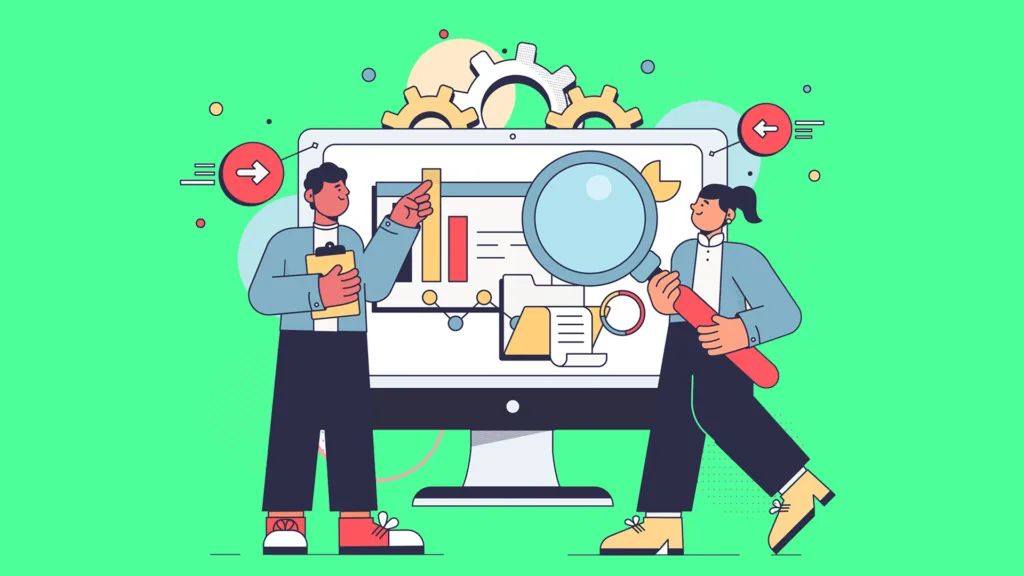
Most interest in AI text analysis starts with tooling discussions, but real value comes from deployment context. The same classification model behaves differently inside a support desk, legal workflow, or fraud unit. To decide what to build or buy, it helps to look at where text analytics already delivers measurable returns across industries.
1. Customer Feedback & Sentiment Intelligence
Support teams and product managers rely on AI text analysis to mine reviews, call transcripts, churn surveys, and app store complaints. Instead of manually tagging feedback, the models group repeated friction points and identified emotion shifts over time.
Common output formats include:
- Pain point clustering (e.g., shipping delay -> payment issue -> UX confusion)
- Sentiment trendlines segmented by product version or region
- Escalation triggers when the negative tone crosses the threshold limits
This setup reduces backlog for support agents and gives leadership a ranked list of what actually needs fixing.
2. Legal & Contract Analysis
Reviewing NDAs, MSAs, and vendor contracts manually slows down deal cycles. Legal ops teams use classification + entity extraction to highlight indemnity clauses, governing law sections, auto-renewal terms, and liability caps.
Typical workflows include:
- Risk scoring based on missing or excessive clauses
- Clause comparison against approved internal templates
- Redline suggestion generation for human counsel review
These models operate as pre-filters, not decision-makers, helping counsel spend time only where judgment is required.
3. Market & Competitive Intelligence
Analysts track competitor mentions across news, investor calls, job postings, Reddit threads, and product documentation. AI text mining tools perform keyword clustering to surface feature gaps, strategy shifts, and pricing signals.
Key outputs often include:
- Emerging topic heatmaps
- Cross-channel sentiment ranking (media vs forum vs social)
- Movement summaries, e.g., Company A is hiring for compliance engineers -> possible regulatory pivot
This allows strategy teams to react before market changes go public.
4. Content Moderation & Safety
Platforms hosting comments, chats, listings, or user uploads rely on multi-layer classifiers to detect:
- Harassment or hate language
- Self-harm or crisis signals
- Regulated content violations (e.g., financial claims, medical misinformation)
- Spam or automation attempts
Modern systems don’t stop at binary flagging. They assign confidence scores + explanation fields, enabling policy teams to audit decisions before removal.
5. Internal Document Analytics & Knowledge Discovery
Large enterprises sit on decades of emails, meeting notes, research reports, and incident logs with no unified indexing strategy. Topic modeling and summarization engines convert this unstructured data into searchable knowledge graphs.
Common applications include:
- Expert routing, like surfacing “who solved this before?”
- Auto-generated executive summaries of weekly reports
- Semantic search across multi-format archives
This is typically deployed in SharePoint, Confluence, or Notion clusters using internal embeddings.
6. Fraud, Risk & Compliance Monitoring
Financial institutions and insurers use AI text analysis to scan claims descriptions, agent emails, chatbot logs, and call transcripts for suspicious language signals or policy deviation.
Models detect:
- High-risk behavioral markers, like evasion, uncertainty, urgency language
- Coordinated fraud patterns using similarity scoring
- Regulatory non-compliance triggers in communications
Banks often layer human review queues on top of confidence thresholds to reduce false positives.
Conclusion
AI text analysis is now a standard capability across support platforms, compliance stacks, research tools, and CX systems. Off-the-shelf models can classify tone and extract entities, but operational success depends on data access, domain calibration, and workflow fit.
Most teams stall not because of model accuracy, but because integration and maintenance are under-resourced. That’s where Amenity Tech acts as an extension of your engineering stack.
Instead of dropping generic APIs, we build end-to-end text intelligence pipelines, from preprocessing to inference orchestration to dashboard delivery.
We tune models on your internal language, wire outputs into systems your teams already use, and keep performance stable through continuous monitoring.
If you already know where text signals exist in your business, we can turn them into structured intelligence.
FAQs
1. What’s the difference between text analytics and AI text analysis?
Text analytics focuses on keyword frequency and rule-based tagging. AI text analysis uses embeddings and classification models to infer tone, topics, entities, and intent with higher accuracy.
2. Can cloud APIs replace custom NLP pipelines completely?
Cloud APIs cover sentiment, entities, and classification for general content. Custom pipelines are still needed when legal phrases, medical jargon, or internal shorthand must be interpreted correctly.
3. Which industries gain the most from AI text analysis today?
Teams in finance, legal, customer service, compliance, healthcare, and cybersecurity see the fastest ROI because they process high volumes of unstructured documentation and logged communication.
4. How do companies measure ROI from AI text analysis?
Common metrics include reduction in manual review hours, faster approval cycles, drop in escalations, fraud prevention, or sentiment improvement across defined touchpoints.
5. How often should AI text models be retrained?
Retraining frequency depends on domain drift. Consumer-facing deployments often update quarterly, while regulated environments prefer scheduled reviews with human validation loops.
6. How do companies prevent biased or false text predictions?
Bias control requires transparent scoring outputs, audit logs, dataset balancing, and human override options. Black-box outputs without traceability are no longer accepted in regulated workflows.


